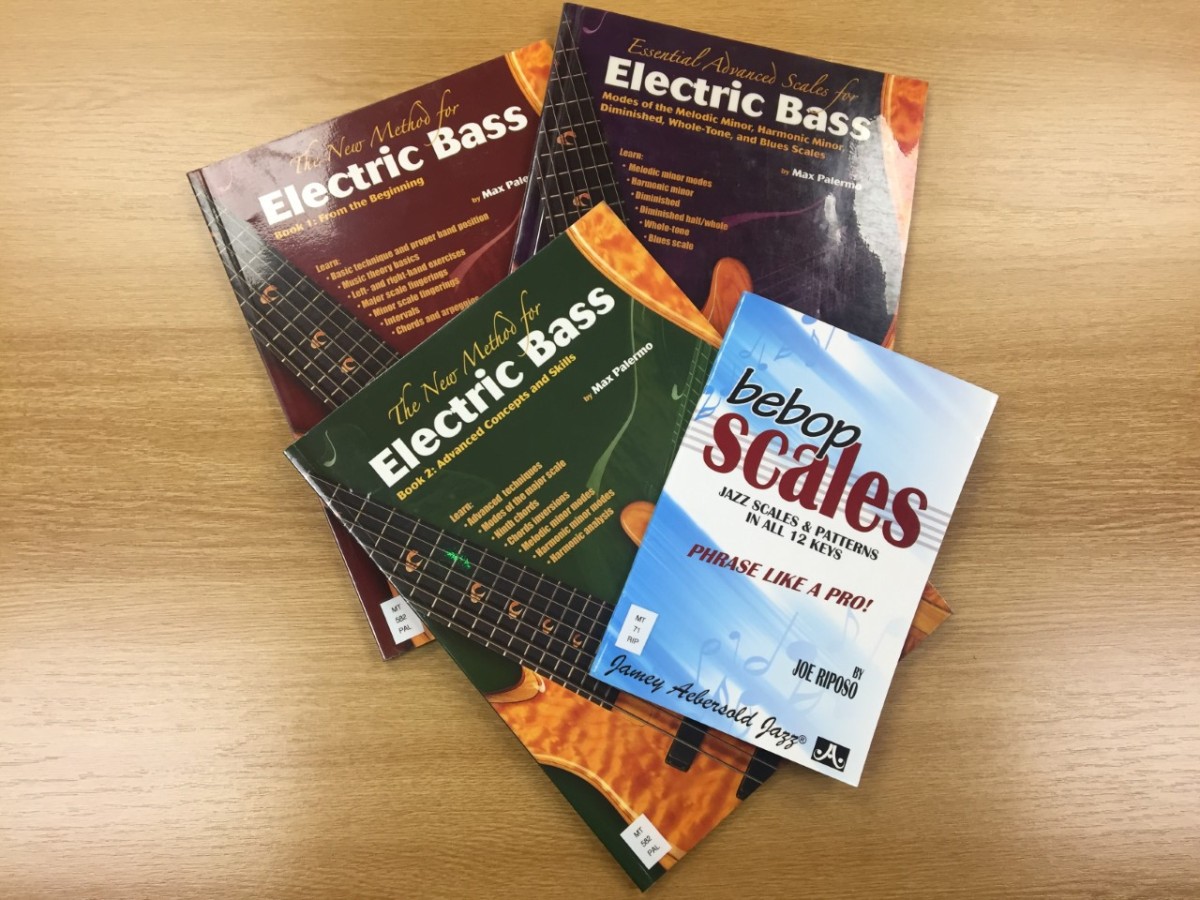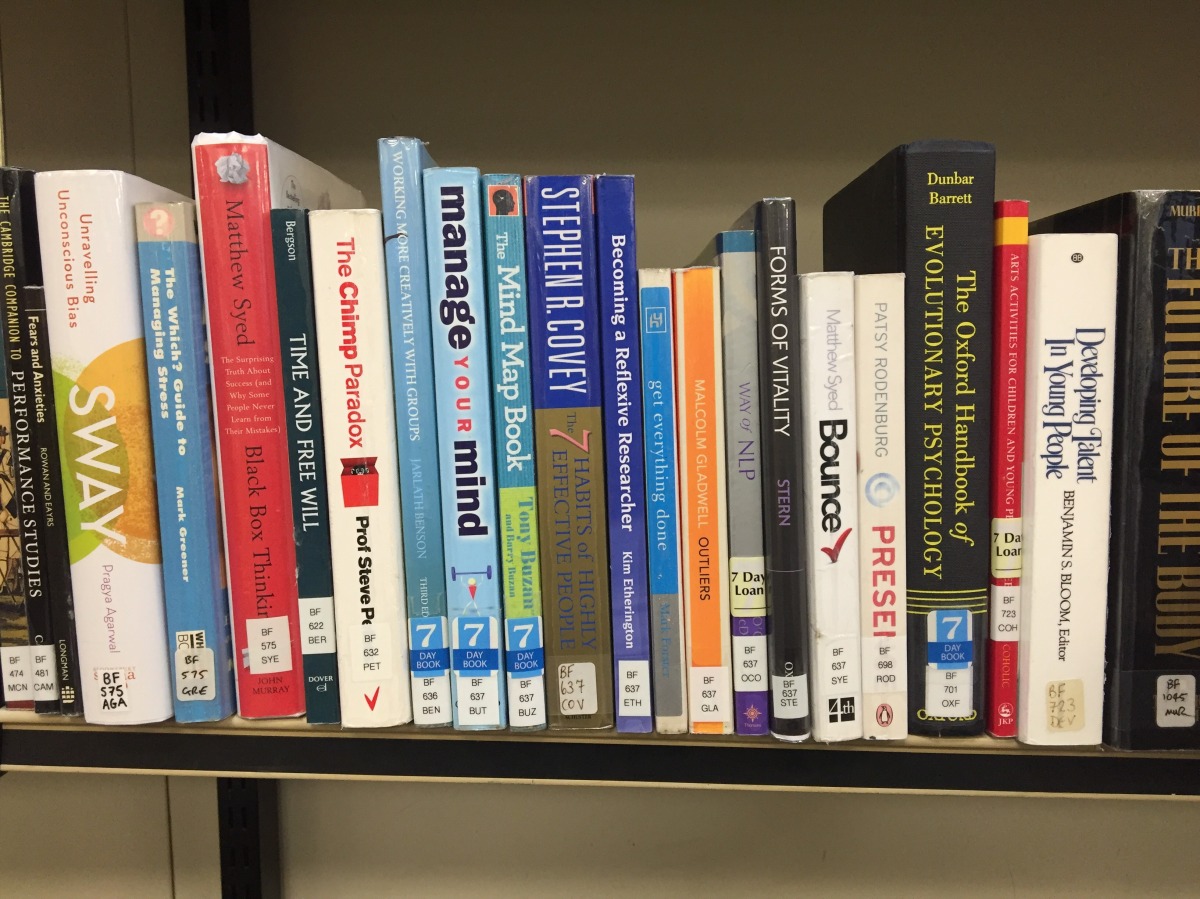BlogsByBeth
If you’re reading this you are probably new, so welcome! You might want to check out a post I made last year: Practice Series – Introduction where I bumble on about some more things I learnt while I was a student at RNCM…
For most students, 1st year is a time for figuring out how life works. You’ve just moved from home for the first time and you are toying with the idea of independence. University students are usually able to use 1st year as an experimental year to find out what is expected from them, without it having any impact on their grade or their lives.
Unfortunately for you, you’re not at university. You are at music college; conservatoire. What you do or do not do now has consequences for your degree and beyond. The time you waste now you will never get back.
Now, I am not at all suggesting that life at RNCM is all work and no play – by all means go out, have fun, make mistakes, spend all your student loan in a week (no, actually maybe don’t do this?), go crazy. But just as this is a great time to experiment and ‘find yourself’ (cringey, I know), it is also the time to explore your own musical interests and abilities, so that by 2nd year you have the tools you need to progress quickly and take advantage of all the opportunities provided by the college.
Why not explore some of our books on motivation and success? Check out the BF section of books (sliding stacks, lower level)
I recommend you spend a considerable amount of time working on the fundamentals of your technique:
Posture
Consider practising in front of a mirror to make sure your body is in prime position for playing and preventing injury. Straight back, level head, relaxed shoulders and arms and no unnecessary movements. By that I mean unconscious swaying or dancing that does not correlate to the phrasing of the music. My personal habit was almost trying to pirouette while playing – don’t do this. I nearly fell over in a performance once.
Pete and Malcolm from our Alexander Technique team have created lots of useful videos on the Alex Tech Moodle page to help you improve posture and prevent injury. You can find more of Pete’s top tips on his YouTube channel, and if you would like a lesson with any of our tutors, information on availability and prices are on Moodle.
Breathing
Wind players, a lot of you will think you are breathing properly, but in reality there’s probably still a way to go. Here’s some things you can do:
- Blow out all air until you cannot blow any more, then allow your body to breathe naturally. Notice what happens to your body, and try to recreate it.
- Lie on the floor with books on your stomach. Breathe deeply. The books should move up and down as your torso expands.
- Breathe in an audible breath, and try to make the pitch as low as possible. It may help to hold your hand in front of your mouth.
- Imagine the air filling your entire torso, expanding through your back, your side, broadening your shoulders
- ALWAYS ensure your shoulders are relaxed.
As well as technique books in our MT section (on the left after the CDs and scores) – some containing practice tips specifically for your instrument – we have several books about practice in the library at ML 3825 (down the slope, on the left).
Core strength
Again, wind players in particular – this is so important. Experiment with trying to make your stomach look as small as possible by contracting your abdominal muscles. Usually when doing this you automatically hold your breath, so try doing this and then breathing normally. Test yourself regularly throughout your practice to make sure those muscles are always in use.
Being aware of your core is also beneficial for posture, so it’s good for all of us to practise using it, whatever our instrument.
Tuning
Slow scales and arpeggios people! Using a tuner for reference only. The point is to train your ears not your eyes.
Did you know our DVD collection is quite eclectic, ranging from operas and documentaries to musicals and films.
Articulation
Everyone – practise approaching a note in different articulations and dynamics. Observe what you do and put it into words. Understand why what works works, so that if for some reason your muscle memory ever fails – you know what to do. Wind players: think about tongue position, air speed and direction. String players: think about bow position and speed. Pianists: think about weight and… ask your teacher because I don’t know, I’m afraid!
It’s also a good idea for all instruments to practice fast articulation using scales and ensuring no unnecessary movement by the tongue, chin (winds), arm, wrist (strings and pianists), and fingers (everyone).
You may be able to find helpful titbits in the instrument specific books we have: check out ML 540 to ML 1030.
Relaxed fingers
This was something I had to figure out for myself, and it absolutely revolutionised my playing! Practise scales or easy pieces making sure you keep your fingers relaxed and close to the instrument at all times. Our tendency is to tense up our digits when we are worried about a difficult passage, and this makes them clumsy and unreliable.
Other habits
Finally, if you have any other funky habits that you would do well to lose, ditch ‘em asap. For us bassoonists this may be rebellious thumbs/pinkies or poor flick key management. Ask your teacher for instrument-/ you-specific tips so you can crack down on them straight away.
Work hard, play hard! Beth from the library 😊





